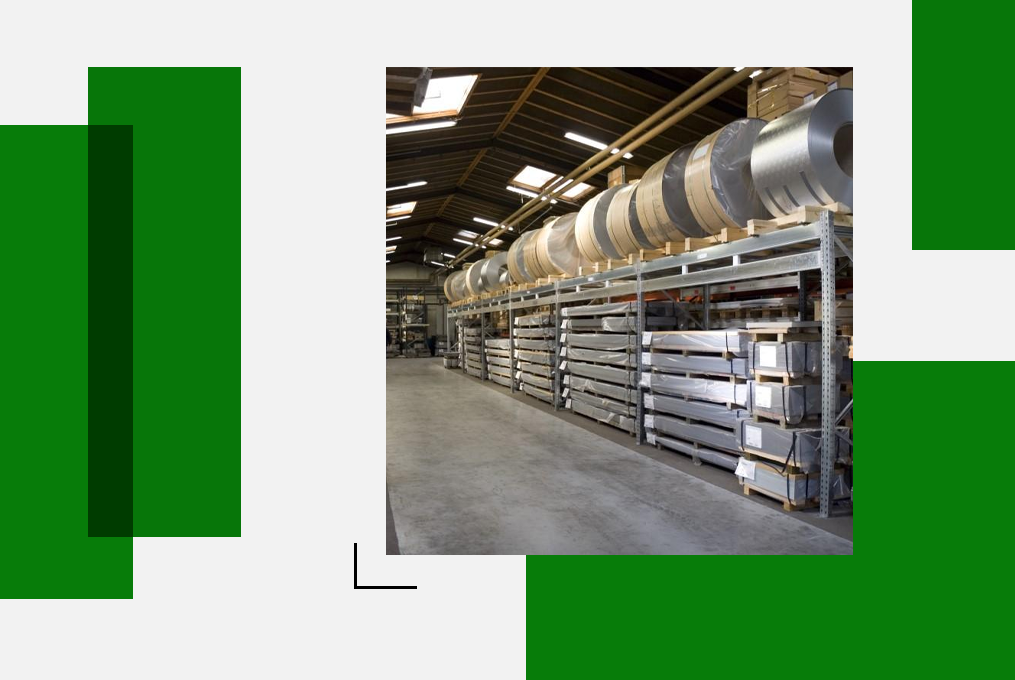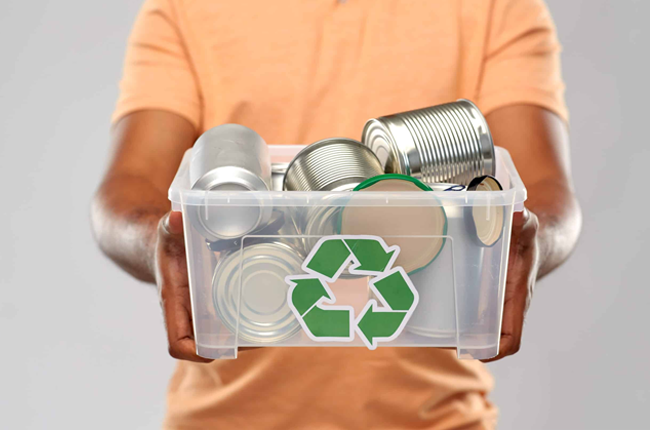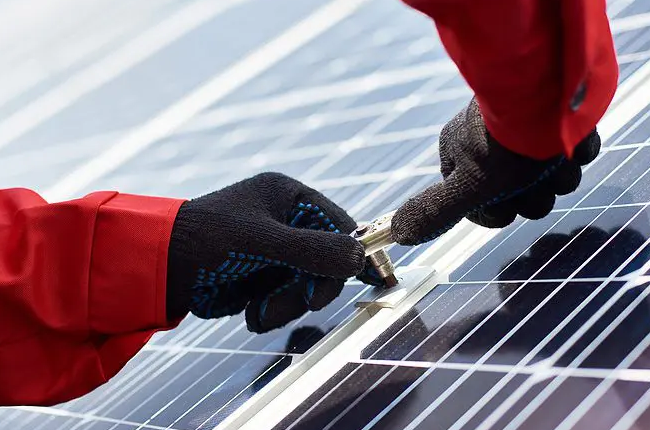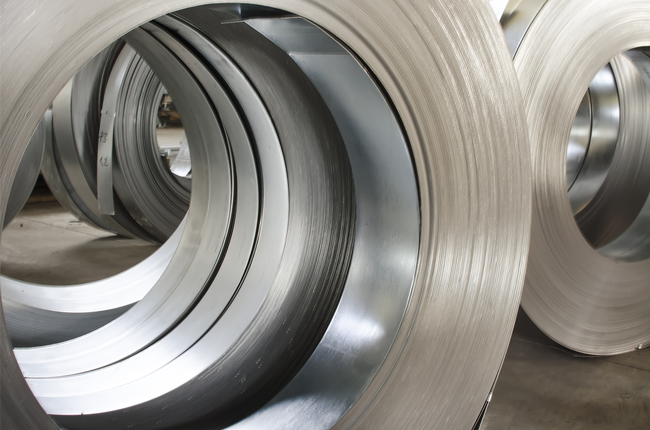Sustainability in Sheet Metal Fabrication: Reducing Waste and Energy Consumption

Sheet metal fabrication is an essential process in many industries, from construction to automotive manufacturing. However, it's also a process that can generate a lot of waste and consume a significant amount of energy. In today's world, where sustainability is becoming increasingly important, finding ways to reduce waste and energy consumption in sheet metal fabrication is crucial. Let's explore some methods that can help achieve this goal.
Efficient Design
Designing products with sustainability in mind is the first step towards reducing waste in sheet metal fabrication. By optimizing designs to use less material while maintaining functionality, less metal is wasted during production.
This approach not only reduces waste but also saves energy that would have been used to process excess material.
Recycling

Recycling is a key strategy in sustainable sheet metal fabrication. Scrap metal generated during the fabrication process can be recycled and used to produce new metal sheets. This reduces the need for virgin materials, conserving natural resources and energy required for mining and refining.
Implementing a closed-loop recycling system ensures that materials are continuously reused, minimizing waste.
Lean Manufacturing Practices
Implementing lean manufacturing principles can significantly reduce waste in sheet metal fabrication. By streamlining processes and eliminating unnecessary steps, manufacturers can minimize material waste, energy consumption, and time spent on production.
Techniques such as just-in-time manufacturing and value stream mapping help identify and eliminate inefficiencies, making operations more sustainable.
Energy-Efficient Equipment
Investing in energy-efficient machinery and equipment is another effective way to reduce energy consumption in sheet metal fabrication. Modern equipment is designed to operate more efficiently, using less energy while maintaining high productivity.
Upgrading old machinery to newer, energy-efficient models can lead to substantial energy savings over time.
Renewable Energy Sources

Using renewable energy sources such as solar or wind power to run sheet metal fabrication facilities can further reduce the carbon footprint of the manufacturing process. By harnessing clean energy, manufacturers can minimize their reliance on fossil fuels, reducing greenhouse gas emissions and contributing to a more sustainable future.
Waste Minimization Techniques
Implementing waste minimization techniques such as nesting and offcut optimization helps maximize material utilization in sheet metal fabrication. Nesting software arranges parts on metal sheets in a way that minimizes scrap, while offcut optimization identifies the best use for leftover materials, reducing waste.
These techniques not only save materials but also decrease the energy required for processing.
Employee Training and Awareness
Educating employees about the importance of sustainability and providing training on waste reduction techniques can significantly impact sheet metal fabrication processes.
When employees understand how their actions affect the environment and are equipped with the knowledge to minimize waste, they can actively contribute to sustainability efforts within the organization.
Lifecycle Assessment

Conducting a lifecycle assessment of sheet metal products helps identify areas where improvements can be made to reduce environmental impact. By analyzing the entire lifecycle of a product, from raw material extraction to end-of-life disposal, manufacturers can pinpoint opportunities to optimize processes and minimize resource use and emissions.
Conclusion
Sustainability in sheet metal fabrication is essential for reducing waste and energy consumption. By implementing efficient design practices, recycling, lean manufacturing just in time principles, using energy-efficient equipment and renewable energy sources, minimizing waste, providing employee training, and conducting lifecycle assessments, manufacturers can significantly reduce the environmental impact of their operations.
Promoting sustainability not only benefits the environment but also leads to cost savings and improved competitiveness in the marketplace. By working together towards more sustainable practices, the sheet metal fabrication industry can pave the way for a greener future